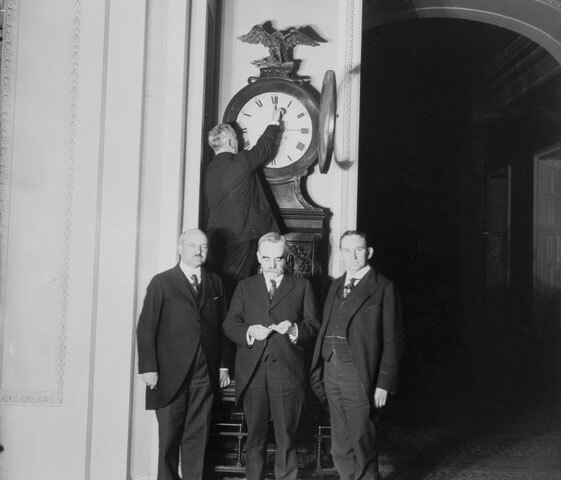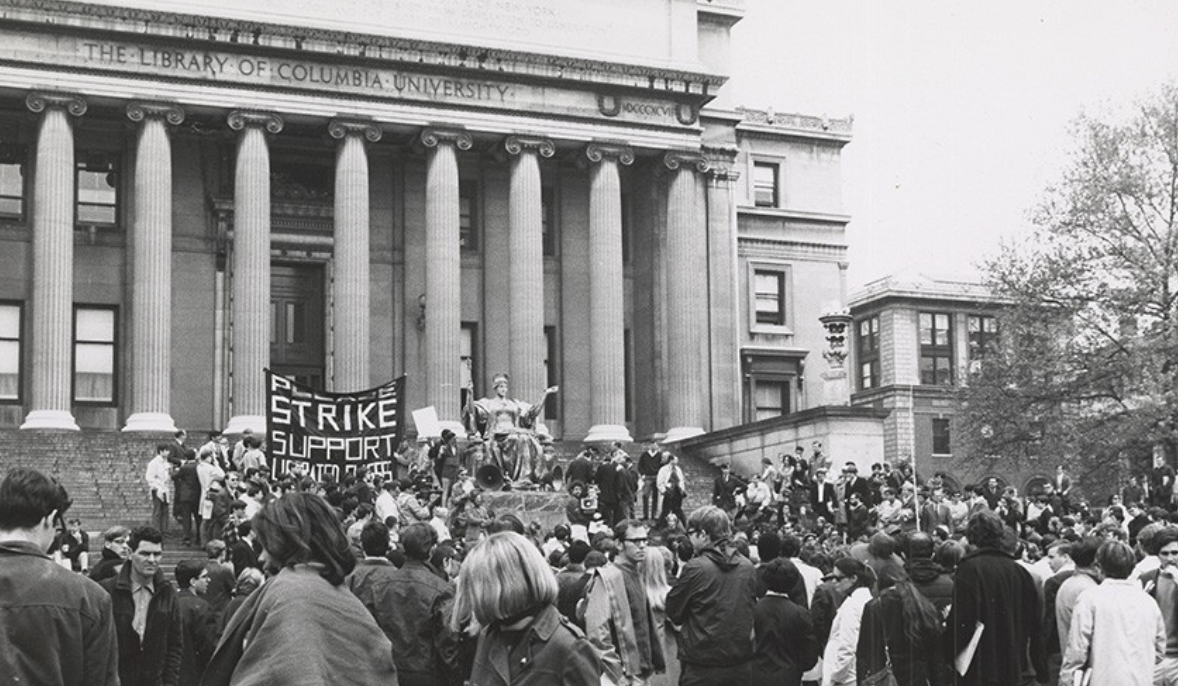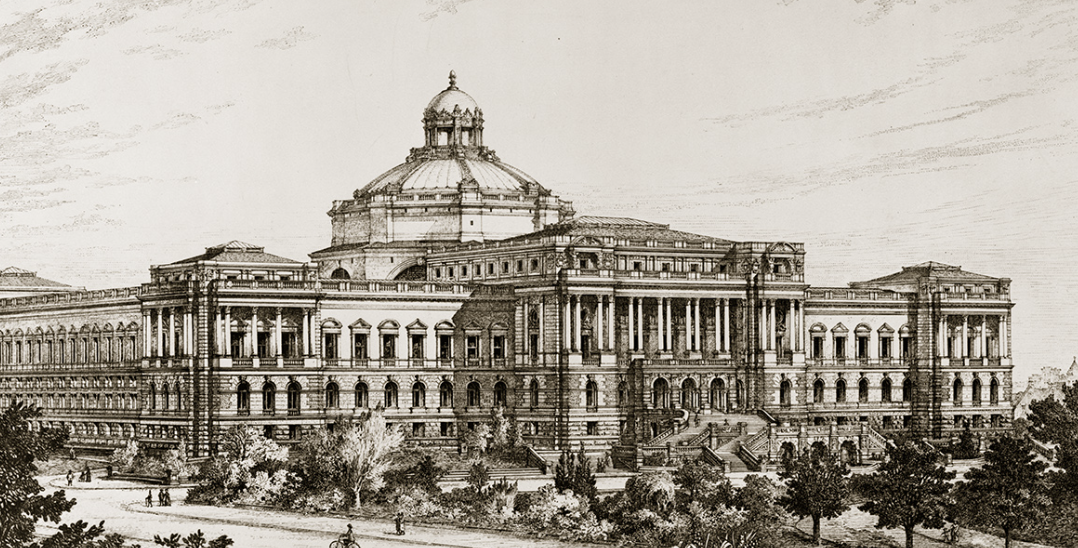Daylight Saving Time, or DST, is a practice in which people adjust their clocks by one hour ahead in the summer months to make better use of daylight. On March 31st, 1918, the United States officially implemented DST for the first time.
The idea of DST was not a new concept at the time, as countries like Germany and the United Kingdom had already implemented the practice to conserve energy during World War I. The U.S. followed suit, hoping to save electricity by reducing the need for artificial lighting.
The first DST period in the U.S. began on March 31st, 1918, and lasted until October 27th of the same year. During this time, the clocks were moved one hour ahead, and people were encouraged to adjust their schedules accordingly.
The implementation of DST was met with mixed reactions, with some people praising the extra daylight for outdoor activities and others criticizing the inconvenience of changing clocks and adjusting their schedules. Nonetheless, the practice continued, and over time, it became an established part of American culture.
Today, DST is still observed in many countries around the world, although the dates and duration of the practice may vary. Some states in the U.S. have also opted out of DST, citing reasons such as increased health risks, energy consumption, and disruption to sleep patterns.
In conclusion, the implementation of DST on March 31st, 1918, was a significant moment in American history, marking the beginning of a practice that would continue for many years to come. While opinions on DST may differ, it remains an important part of our society’s daily lives.










